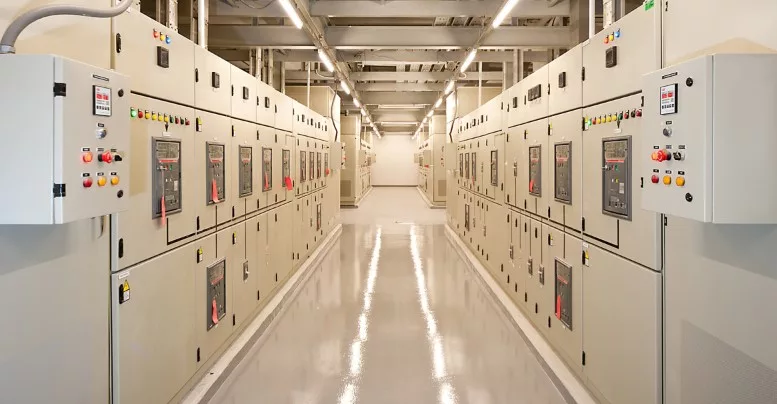The US electrical power grid is one of the world’s modern marvels, even if not formally recognized as such. It supplies billions of kilowatts of power across thousands of miles, via millions of miles of cables and connections; without this extensive network, we would not enjoy the modern conveniences we do today.
To ensure this network works as intended, electrical engineers must measure the power being supplied along the US’ many high-voltage lines. To do this, a specialist component is required: the current transformer.
Anatomy of a Current Transformer
Current transformers are simple and essential components with a variety of practical applications, from smaller consumer appliances to large-scale high-voltage installations. Current transformers are designed to step current up or down by a pre-set ratio; they do this by passing an electrical signal through a wire-wrapped metal ring, using the principle of induction to generate a proportional electrical charge in the coil.
The decoupled nature of transformers makes them useful for overload protection in high-current devices – but their primary use case relates to measurement. The proportional and lesser charge induced in the coil can be measure without interacting with the source electricity. Making for accurate measurements without the risk of handling fatal amperages.
High-Voltage Distinctions
The transformers used in high-voltage applications, i.e.: long-distance electricity distribution for power grids. Only share fundamental principles with their smaller siblings. The current transformers that handle 110-kilovolt electricity are, naturally. Designed to properly engage with the properties and heightened risk levels inherent to such a powerful supply.
Key Faults to Consider
Current transformers can usually be consider to fail according to two primary causes. Manufacturing error, or human/operating error. Concerning manufacturing errors, one of the most common relates to the insulation that protects the windings. Loose or inadequate insulation can enable currents to arc to the ground, increasing the risk of fatal injury.
About the human error, issues present in installation. Where support fittings and fixtures are not adequately tight, contacts can become loose again. Causing sparks or arcing to the nearest ground conduit available. Even the soundest and most well-installed current transformers can fail in this manner. Where external weathering impacts the efficacy of joins or insulation.
Electricity and Worker Safety
It is extremely important to acknowledge the immense danger associated with electricity, particularly high-voltage power. But also electrical signals and circuitry of any kind. Between 2011 and 2021, a considerable 44.9% of electrical fatalities suffered by workers in the US were a result of working on or near energized parts. Conductors, with unexpected electrical contact in general attributed to nearly 400 deaths. Electricity is not a trifling matter; measurement tools. Like current transformers are vital to ensuring safety for workers and citizens alike. Making their safe operation (and safe troubleshooting) crucial.




